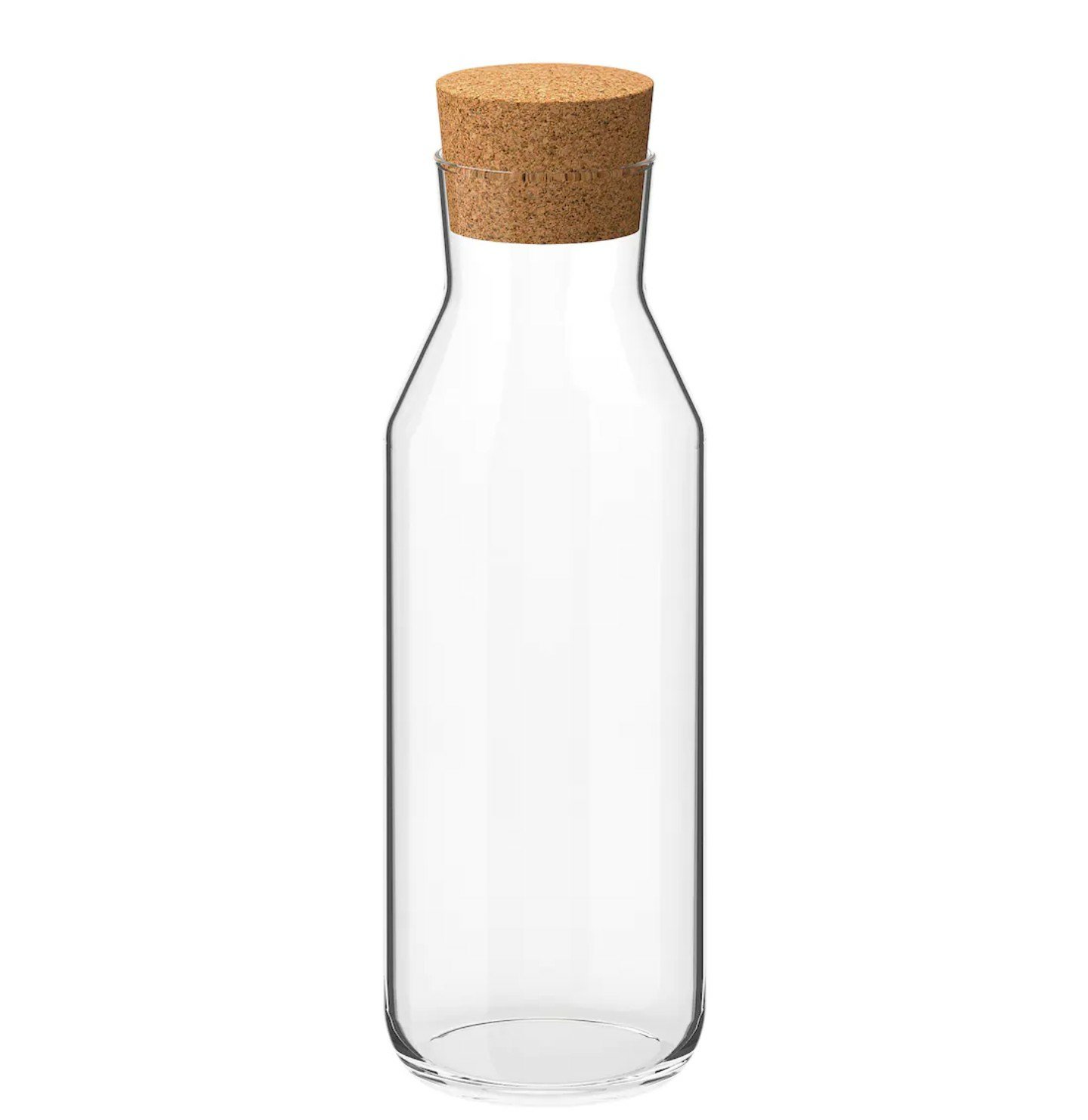MentalThinking
As opposed to the other kinds.
I have not done a full 1gal batch in this about .8gal I think. The picture is with 1gal of water inside, I was able to add another pint of water before it spilled over the edge. I would start with a blow off tube if I filled it up to 1gal until I knew what to expect from a given yeast and recipe.
Awesome, thanks so much for the picture. Definitely helps me be sure of what I'm getting.
It's super easy to find a container to ferment 1 gallon batches in. The trick comes if you want a "proper" fermenter, with a sealable lid, airlock compatible, and the elusive spigot. The Mr. Beer setup is annoying because it really has a faucet, not a spigot; a hose won't attach easily to it, and it has no locked OFF setting.
The BrewDemon actually has a seam right down the center of the cone where the tap is. I had one, and it leaked there. Another donation to the homebrew junk pile.
One of the simplest fermenters for 1 gallon is just a 2 gallon bucket with lid. You can easily drill a hole and attach your own spigot if you like.
Thank you for your knowledge - I don't have the money to be contributing to my homebrew junk pile out the gate
I have very little DIY acumen, nor access to proper tools to be modifying things that I purchase at this time. I suppose I'm trying too hard to find the 'best' option - a spigot in a fermenter that's of the size I desire - rather than going with one that'll 'just work' - which'd be any plastic fermenter with an airlock and a mini auto siphon.
Last edited:



![Craft A Brew - Safale BE-256 Yeast - Fermentis - Belgian Ale Dry Yeast - For Belgian & Strong Ales - Ingredients for Home Brewing - Beer Making Supplies - [3 Pack]](https://m.media-amazon.com/images/I/51bcKEwQmWL._SL500_.jpg)

























































